Feliz Navidad from Borracha!

Mexican Christmas Customs and Traditions Bring Light to The Holiday Season
In the United States, there’s often a debate about when it’s “appropriate” to start decorating for the holidays or listen to Christmas music. Some wait until after Thanksgiving, and then there are those who Clark Griswold up their house the second the Halloween candy goes on sale. There is no in-between. In Mexico, Christmas celebrations and traditions are largely tied to Catholicism, as 80% of the country practices. That means most people begin celebrating Christmas on December 12th and continue to do so until January 6th. There’s even an extra holiday related to Christmas on February 2nd! Although that seems like a long stretch of celebrations, Mexican people do it with gusto—and a lot of fireworks. Read on to learn how those in Mexico have a Feliz Navidad!
Noche Buena
Traditions are important in Mexican culture, and for many, the most important part of any cultural tradition is the food. In Mexico, the featured feast of the Christmas season is actually on Christmas Eve, called Noche Buena. One widely eaten course is called puzole, a sort of stew with chicken and/or pork, chili peppers, hominy, and some sort of greens on top. There’s also Ensalada Nochebuena, a hybrid of both fruits and vegetables, with some nuts and a citrusy dressing. In some areas, people eat Romeritos, which has a mole sauce, potatoes, shrimp, and vegetables known as seepweed, which is not, it turns out, someone trying to pronounce “seaweed” after getting a cavity filled at the dentist. It’s actually slightly similar-looking to rosemary, but with a salty flavor and a hint of a citrus undertone. For dessert, fried pastries similar to the almighty churro are commonly enjoyed as well as poncho, a fruity punch served hot (and hopefully spiked). These dishes are just a few of the many consistent foods consumed during a Mexican Christmas meal and are all as rich and fulfilling as the traditions they accompany.
Is Your House on Fire, Clark?
If people in the United States think the movie Christmas Vacation is hilarious and insane, those in Mexico probably do even more so. That’s because most families don’t even put up Christmas trees or electric lights as the most important decorations are nativity scenes called Nacimientos. They are often displayed prominently on the front lawn and are sacred, so even if the person setting it up gets super frustrated, baby Jesus is never in danger of getting punched in the face like Clark Griswold’s plastic Santa. Paper lanterns called luminaries are placed in the Nacimientos and elsewhere, figuratively lighting the way for Joseph and Mary to find a place to stay. A popular Mexican decoration is the Poinsettia, a beautiful red floral plant originally cultivated by the Aztecs that is said to symbolize purity with its color. One Mexican holiday tradition that does seem a little zany is the normally fun and candy-filled pinatas are switched to balls with seven spikes, representing the seven deadly sins. They still have candy inside, but the process of knocking them down has religious significance: you cover the eyes to represent blind faith and hit with a stick that symbolizes virtue, and the candy is then thought of as a reward for faith in God. Just don’t let Judas or Kyle Schwarber take the first swing.
Feliz Navidad from Borracha! Stay tuned for Christmas-themed fun and food via our website or Instagram.

